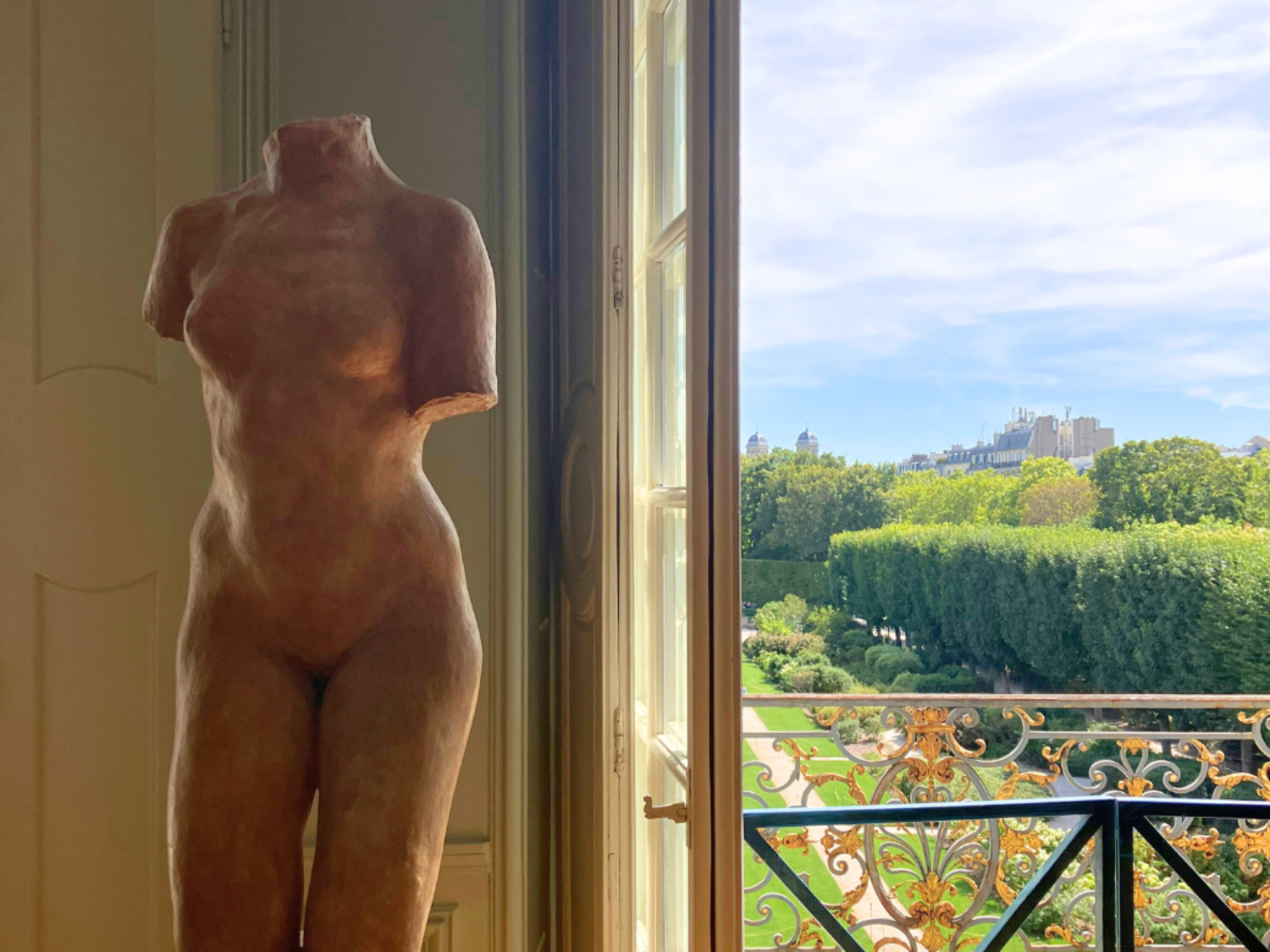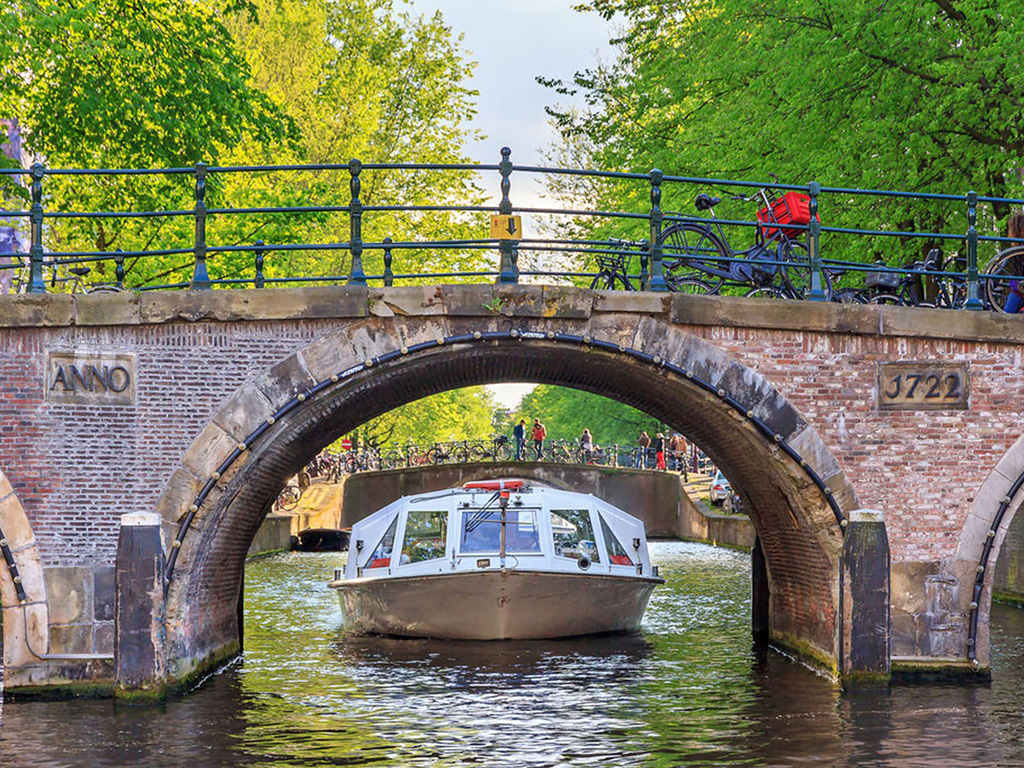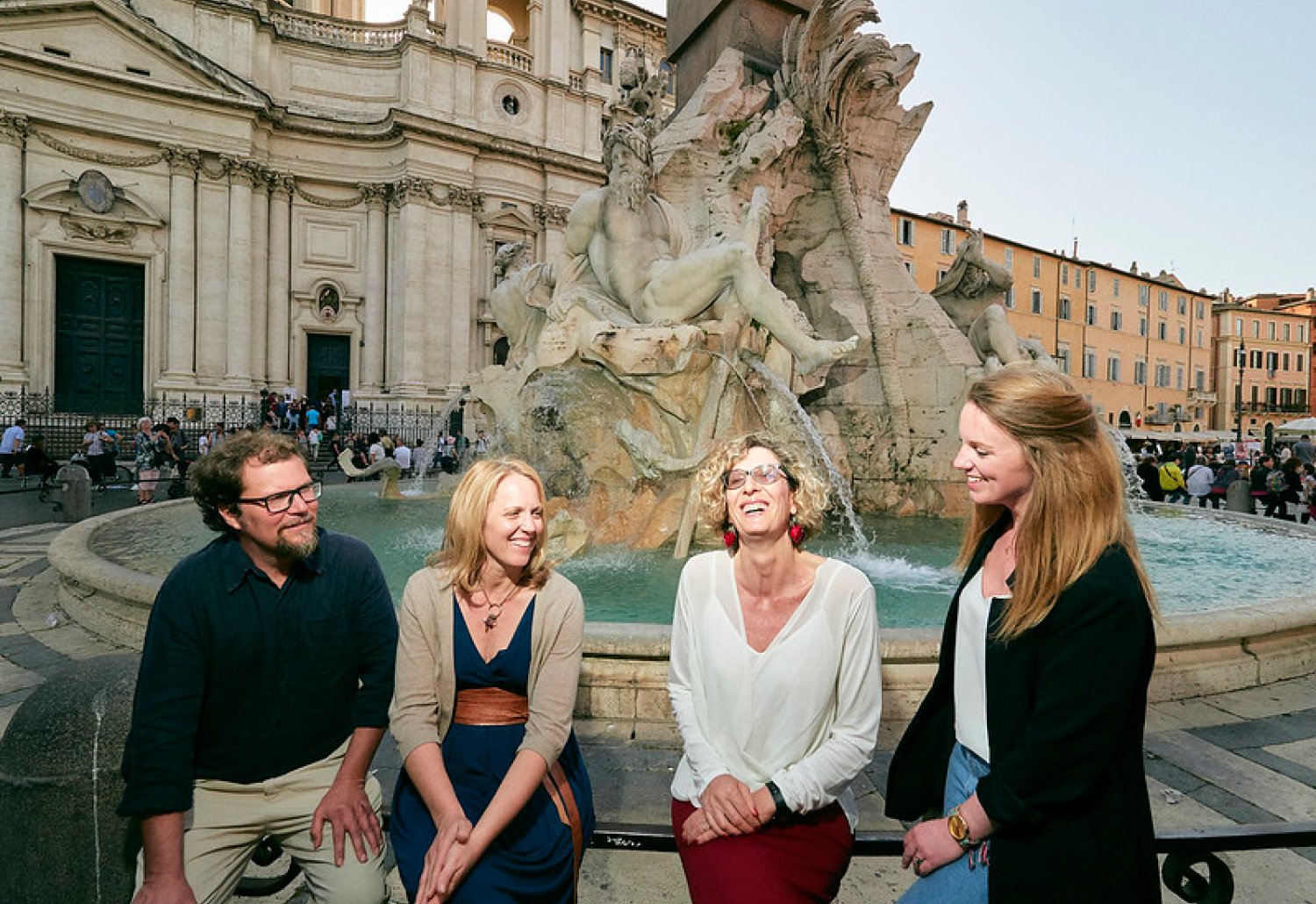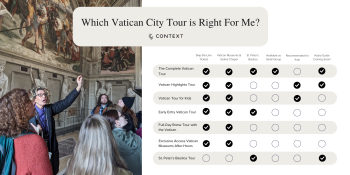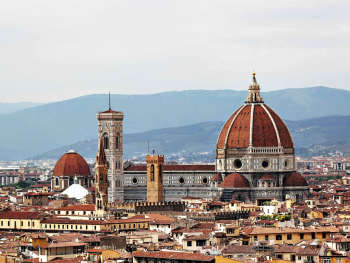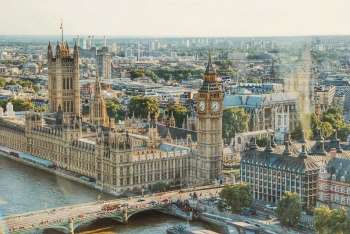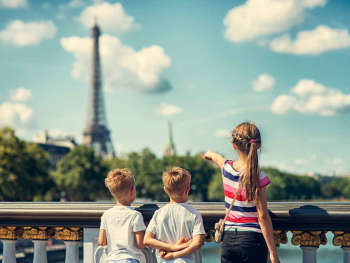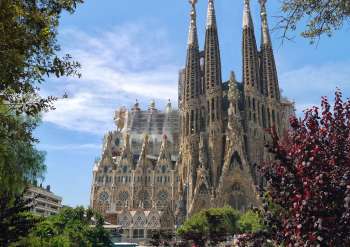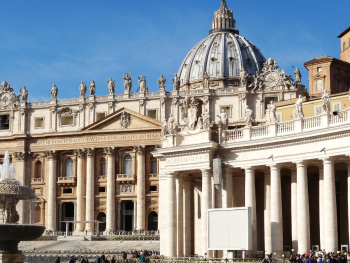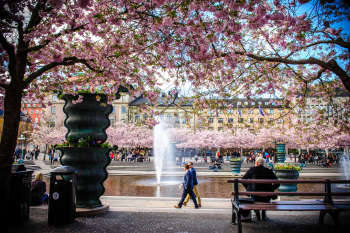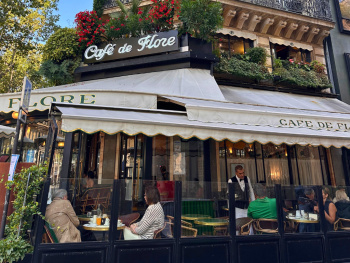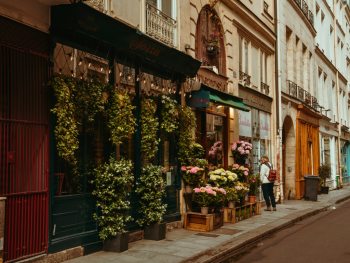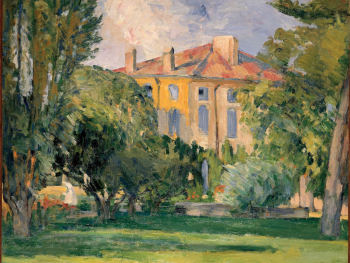France is a country where art doesn’t just live in museums—it spills into streets, colors the countryside, and weaves through centuries of culture. From Paris’s grand galleries to unexpected treasures in the South, every region tells its own story through brushstrokes, sculpture, and design. Whether you’re a first-time visitor or an art lover on a pilgrimage, here’s a regional guide to some of the lesser known, but equally inspiring artworks throughout France.
Paris: The Beating Heart of French Art
The Lacemaker by Johannes Vermeer – Louvre Museum, Richelieu Wing, Level 2, Room 837
A delicate, intimate portrait from the Dutch Golden Age, painted around 1669–1670. Vermeer’s mastery of light and detail is on full display here, highlighting the quiet beauty of domestic life.The Raft of the Medusa by Théodore Géricault – Louvre Museum, Denon Wing, Level 1, Hall 77
Painted in 1818–1819, this massive Romantic masterpiece depicts the aftermath of a real shipwreck. Géricault’s dramatic composition, anatomical precision, and political commentary shocked and moved viewers in equal measure.Street Art in the 13th Arrondissement – Various locations
Paris’s contemporary art scene isn’t confined to galleries. The 13th arrondissement, especially around Boulevard Vincent Auriol, features large-scale murals by internationally renowned street artists, offering a bold, modern counterpoint to the city’s classical art heritage.Galerie Dior – 11 Rue François 1er
This fashion museum celebrates the artistry of couture with beautifully curated exhibits that treat fashion as both craft and fine art—illustrating the overlap between visual art and design in modern Paris. The museum will be temporarily closed from May 5 to May 20, 2025. A new presentation of Dior collections will be on view upon reopening.Le Déjeuner sur l'herbe by Édouard Manet – Musée d'Orsay, Upper Level, Room 29
Painted in 1863, this groundbreaking work by Manet shocked audiences with its contemporary setting and candid portrayal of a nude woman picnicking with clothed men. Blending classical composition with modern subject matter, it challenged academic conventions and helped lay the groundwork for Impressionism. Manet’s bold brushwork and provocative themes made this painting a turning point in the history of modern art.
Monument to Balzac by Auguste Rodin – Musée Rodin, Sculpture Garden
Commissioned in 1891 to honor the famed French novelist Honoré de Balzac, this sculpture was met with controversy upon its unveiling in 1898. Rodin abandoned traditional portraiture and instead presented Balzac as a massive, cloaked figure—more symbol than likeness. With exaggerated form and minimal detail, the piece marked a bold departure from academic realism and anticipated modernist sculpture. Today, it’s celebrated for its expressive force and Rodin’s willingness to defy convention.
Provence: Light and Color
- Jupiter and Thetis by Jean-Auguste-Dominique Ingres – Musée Granet, Aix-en-Provence
Painted in 1811 by the French Neoclassical artist Jean-Auguste-Dominique Ingres, Jupiter and Thetis depicts a scene from Homer's Iliad where the sea nymph Thetis implores Jupiter to favor her son Achilles in the Trojan War. The composition contrasts the imposing, frontal figure of Jupiter with the sinuous, pleading form of Thetis, highlighting themes of power and supplication. The painting's grand scale and stylistic choices sparked controversy upon its debut, reflecting Ingres' departure from strict Neoclassical norms. Today, it stands as a testament to his innovative approach and is a centerpiece of the Musée Granet's collection.
Cézanne’s Studio & Mont Sainte-Victoire – Aix-en-Provence
Paul Cézanne, often considered the father of modern art, painted Mont Sainte-Victoire repeatedly between 1885 and 1906. His structured brushstrokes and attention to form laid the groundwork for Cubism. Visiting his preserved studio offers an intimate look at his process and tools. 2025 is the year of Cezanne; a special exhibit will run at the Jas de Bouffan estate from June 28 to October 12, 2025.
Burgundy: Spiritual Art and Sacred Spaces
The Last Judgment by Rogier van der Weyden – Hôtel-Dieu, Beaune
Just outside Burgundy, Hôtel-Dieu houses this polyptych that was commissioned by the venue, then a medieval hospital. Rogier van der Weyden, a leading Early Netherlandish painter, was known for his emotional depth and meticulous detail. The work’s vivid imagery was designed to comfort and inspire patients facing illness.
Bordeaux: Contemporary Cool
La Cité du Vin Murals & Exhibitions – Bordeaux
While primarily a wine museum, La Cité du Vin integrates immersive visual storytelling, contemporary digital art, and multimedia design to explore the culture of wine globally. It reflects Bordeaux’s embrace of modern artistic interpretation.White Rock Line by Richard Long – CAPC Musée d'Art Contemporain, Bordeaux
Created in 1990 by British land artist Richard Long, White Rock Line is a striking installation at the CAPC Musée d'Art Contemporain in Bordeaux. This minimalist piece features a 40-meter-long, 1.5-meter-wide line composed of 18 tons of white limestone, meticulously arranged on the museum's rooftop terrace. Commissioned for the museum's reopening after renovations, the work embodies Long's philosophy of walking as an artistic practice and his engagement with natural materials in urban spaces.
Lyon: Frescoes and Foundations
Mur des Canuts – Lyon’s Croix-Rousse district
This enormous mural, first painted in 1987 and regularly updated, uses the trompe-l’oeil technique to depict everyday life in the Canuts (silk workers’) neighborhood. It’s a living tribute to Lyon’s working-class history and artistic innovation in public spaces.Good and Evil by Victor Orsel – Musée des Beaux-Arts de Lyon
Painted between 1829 and 1832, this moral allegory presents two contrasting life paths—one toward virtue, the other toward vice. Orsel’s precise technique and symbolic imagery reflect his ties to the Nazarene movement. Though controversial for its archaic style, the work remains a powerful meditation on moral choice.
Nice: Riviera Radiance
The Workshop (L'Atelier) by Marc Chagall – Marc Chagall National Museum, Nice
Painted shortly after his arrival in Paris in 1911, The Workshop captures the interior of Chagall’s first apartment in Montparnasse. The room is vibrant with color, texture, and symbolism—from the mess on the sofa to a framed portrait of Bella, his fiancée, on the wall. The use of vanishing lines leading toward an empty red frame in the center suggests Chagall’s questions about his future as a young immigrant artist.Nature morte aux grenades by Henri Matisse – Matisse Museum, Nice
Painted in 1947 during Matisse’s stay in Vence, this still life features vibrant pomegranates set against a patterned red tablecloth and a lush window view. It exemplifies Matisse’s late style—bold, simplified forms with expressive color—and reflects his fascination with the harmony between interior life and nature.
France’s artistic heritage is as diverse as its landscapes—classic, modern, revolutionary, and always inspiring. No matter where you go, there’s a masterpiece waiting to be discovered. What works would you add to this list?
Whether you're tracing Van Gogh's footsteps in Provence, standing before Rodin’s bold sculptures in Paris, or discovering street art in Lyon, each encounter is a reminder that art is not just something we observe—it’s something we feel, connect with, and remember.
So wherever your journey takes you, look a little closer. France isn’t just home to great art—it invites you to experience it.
